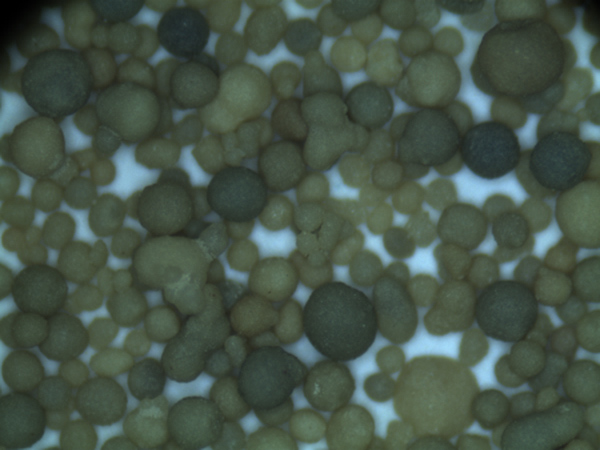Should You Sand 3D Prints? A Comprehensive Guide
3D printing has revolutionized the way we create objects, allowing for intricate designs and rapid prototyping. However, for many enthusiasts and professionals, the final finish of the printed item often leaves something to be desired. One common post-processing technique that comes to mind is sanding. But should you sand your 3D prints? Let’s explore the benefits, techniques, and considerations involved in sanding 3D-printed objects.
Should You Sand 3D Prints? A Comprehensive Guide
One of the primary benefits of sanding is that it significantly improves the surface finish of your prints. By carefully sanding the exterior, you can reduce the visibility of layer lines, helping the print appear more like a molded or traditionally manufactured object. This is particularly important for prototypes or models that require a professional look. Additionally, sanding can prepare the surface for painting or applying other finishes. A smooth surface allows for better adhesion of paints and coatings, leading to a more uniform finish.
should you sand 3d prints

When it comes to techniques, sanding can be a straightforward process, but it requires patience and a gentle hand. Starting with a coarser grit sandpaper (around 100–200 grit), you can begin smoothing the rough surfaces. Gradually move to finer grits (400 grit and above) to achieve a polished finish. It’s vital to sand evenly and carefully to avoid creating any concave depressions or uneven surfaces.
Moreover, it’s advisable to use wet sanding techniques for some materials, especially ABS. Wet sanding reduces dust and helps achieve a finer finish while minimizing the risk of overheating the plastic, which can occur with dry sanding. Safety precautions are also essential; make sure to wear a mask to avoid inhaling dust particles and work in a well-ventilated area.
However, sanding is not without its drawbacks. Depending on the print design and material, extensive sanding can potentially weaken the structure or alter the accuracy of the dimensions. It’s crucial to find a balance between achieving the desired aesthetic and maintaining the integrity of the print. Additionally, sanding can be time-consuming; if perfection isn’t essential, you might consider other finishing techniques, such as using a paint sprayer or applying a clear coat.
In conclusion, whether or not to sand your 3D prints largely depends on your goals and the specific application of the printed object. For those seeking a higher-quality finish, sanding can be an invaluable step in the post-processing workflow. With the right techniques and careful execution, you can enhance the appearance of your 3D prints and take your projects to the next level.
Post time:Noy . 19, 2024 23:05
Next:Using Sand in Resin Mixtures for Enhanced Durability and Texture
